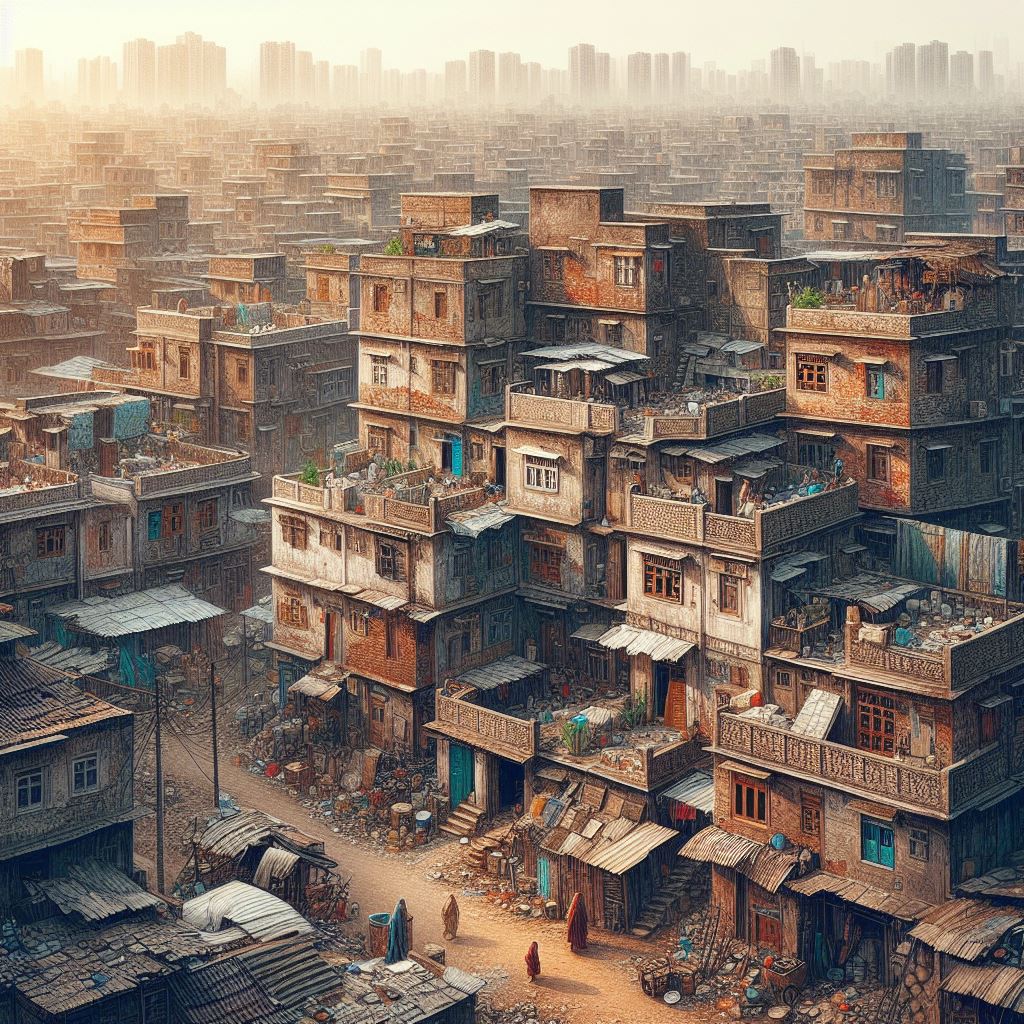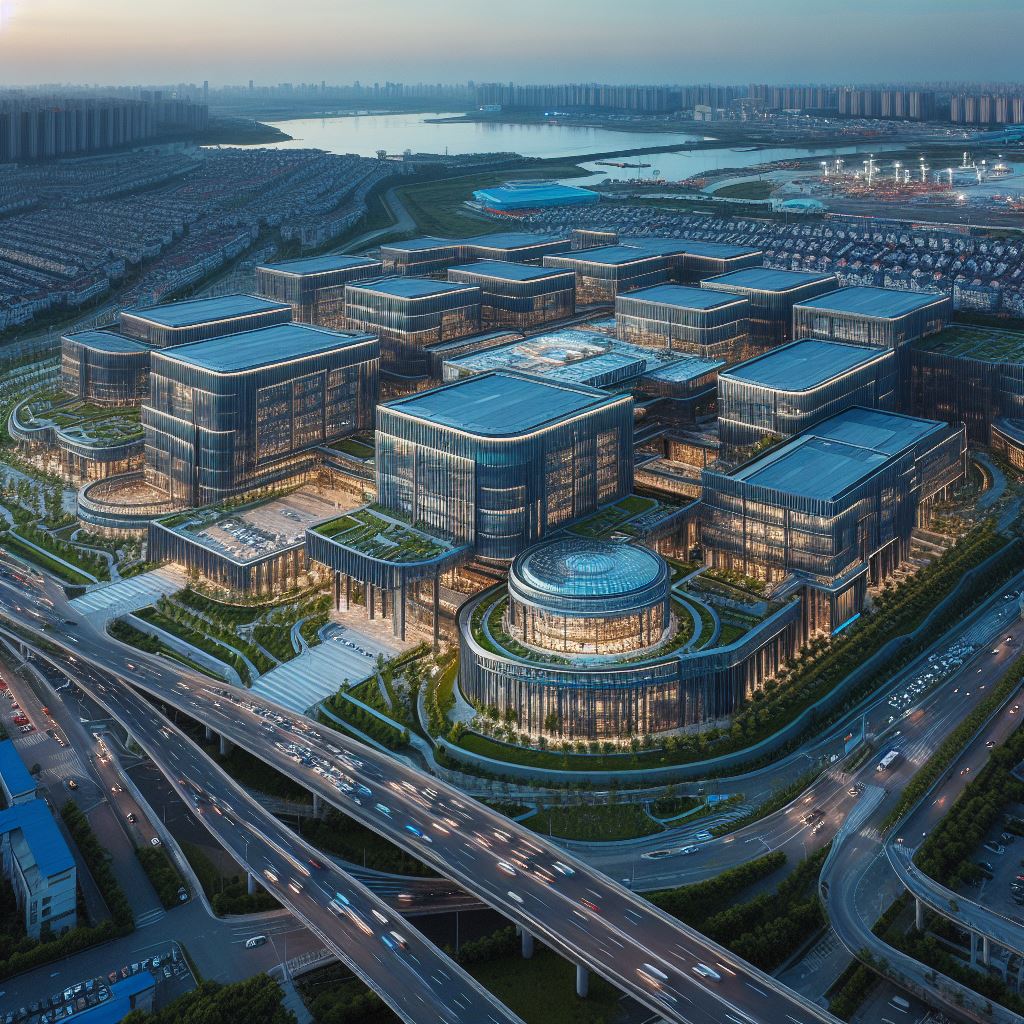1st Office at World Trade Centre, New Delhi, Opened
The 1st Office at World Trade Centre, New Delhi, Officially Opened was inaugurated by Union Minister for Home and Cooperation, Amit Shah.
The CRCS office covers about 41,000 sqft and is valued at around Rs 165 crore. The World Trade Centre also offers plenty of parking space.

The Ministry of Housing and Urban Affairs (MoHUA) has appointed NBCC (India) Limited to manage the redevelopment of Nauroji Nagar in New Delhi.
NBCC has been granted the authority to market the commercial space on a freehold basis.
As part of this redevelopment effort, NBCC is constructing Delhi’s only World Trade Centre in Nauroji Nagar, which is set to become one of the city’s major commercial hubs, offering modern facilities and amenities.
Project Highlights
- As of now, the company has successfully sold nearly 24 lakh sq. ft. of previously unsold commercial inventory through multiple open e-auctions, amounting to a sale value exceeding Rs 9600 crore.
- This accomplishment represents a remarkable 70 percent inventory sale.
- With a workforce of approximately 3000 dedicated to project construction, it is anticipated that the project will be fully completed in the current fiscal year 2023-24.
- Noteworthy corporations, such as HDFC, GAIL, and Petronet LNG, have made significant investments in the World Trade Centre (WTC).
- A recent highlight includes HDFC’s acquisition of an entire tower valued at Rs 1130 crore. The project’s popularity is evident, with commercial space sales reaching Rs 2,650 crore in the past six months.
Development of Nauroji Nagar and other GPRA colonies
It is worthy to note that NBCC has been at the forefront of introducing and effectively executing the redevelopment model.
Recognizing the scarcity of housing, challenges in land monetization, and constraints in budgetary support, NBCC has pioneered a distinctive self-revenue generating model for the redevelopment of aging and dilapidated government colonies and properties.
This innovative approach is self-sustaining and does not impose any financial burden on the government exchequer.
Under this model, the revenue generated from the sale of commercial units plays a crucial role in funding the construction of residential accommodations in GPRA colonies.
This ensures a sustainable and self-sufficient approach to redevelopment without relying on additional government funds.
As a component of the redevelopment initiative for 7 GPRA colonies in New Delhi, NBCC was entrusted with the construction of three government colonies: Sarojini Nagar, Nauroji Nagar, and Netaji Nagar.
Simultaneously, CPWD (Central Public Works Department) was assigned the responsibility for the development of the remaining four colonies.
This division of responsibilities aimed to efficiently manage and execute the comprehensive redevelopment project.
Netaji Nagar originally comprised 2,772 old and dilapidated quarters, covering approximately 1.50 lakh sqm of built-up area (BUA).

As part of the redevelopment project, these aging quarters are being replaced with the construction of 2,458 new GPRA (General Pool Residential Accommodation) units, totaling around 4.82 lakh sqm of BUA.
Additionally, there will be the development of General Pool Office Accommodation (GPOA) with 2.42 lakh sqm and associated social infrastructure.
In the case of Sarojini Nagar colony, the redevelopment plan involves transforming it into both a residential and commercial hub.
The residential aspect includes the construction of 6,730 GPRA quarters with a total built-up area of 10.85 lakh sqm.
Simultaneously, a commercial hub is being developed with 35,000 sqm of built-up area, accompanied by associated social infrastructure.

This dual-purpose redevelopment aims to optimize the utilization of space and meet the diverse needs of the community.
The completion and handover of the projects will occur in a phased manner over the next 2-3 years, significantly transforming the landscape of the surrounding areas.
Through the redevelopment efforts in the three colonies undertaken by NBCC, the total employment generation has already surpassed 1.12 crore man-days.
This not only signifies progress in construction and urban development but also contributes substantially to job creation, positively impacting the local economy.
The phased approach ensures a systematic and efficient transformation while bringing about a positive change in the adjacent areas.
Unique Green Features
NBCC is actively pursuing a “zero emission” approach in its construction business, demonstrating a strong commitment to environmental sustainability.
The company has placed significant emphasis on meticulous planning and design in these projects, aiming to make them resource-efficient throughout their entire life cycle, thereby minimizing their impact on the environment and climate.
As part of this eco-conscious strategy, all these projects have been specifically designed to attain a minimum 3-star GRIHA (Green Rating for Integrated Habitat Assessment) rating.
This underscores NBCC’s dedication to constructing buildings that adhere to high environmental standards, promoting sustainability and minimizing their carbon footprint.
The projects incorporate an efficient water management concept, emphasizing water recycle and reuse.
This is achieved through the implementation of a dual plumbing system, facilitating the use of treated Sewage Treatment Plant (STP) water for flushing and horticulture.
Additionally, features such as Low Flush Toilets contribute to water conservation. The integration of Rainwater Harvesting further enhances sustainable water practices.
To address wastewater, adequate capacity Sewage Treatment Plants (STP) have been planned, aligning with the concept of Zero Waste Discharge.
This approach underscores a commitment to responsible waste management, ensuring that no waste is released into the environment.
In an effort to harness clean energy, the projects also include the incorporation of Roof Top Solar Power systems, tapping into the solar potential.
This not only contributes to environmental sustainability but also aligns with a broader commitment to renewable energy sources.
POLLUTION MITIGATION MEASURES
Necessary pollution mitigation measures have been diligently implemented at the construction sites to ensure environmental responsibility.
These measures include the use of metallic sheets to barricade the sites, deployment of anti-smog guns to settle dust particles at working locations and covering loose material or debris with fabric sheets.
To control dust dispersion, there is a routine sprinkling of water on open areas, and the wheels of vehicles entering and exiting the site are regularly washed.
In addition, green net shields are employed to cover all faces of the blocks under construction.
This proactive measure aims to minimize the spreading of dust in the surrounding environment, contributing to a cleaner and healthier atmosphere.
These conscientious efforts demonstrate a commitment to maintaining a sustainable and eco-friendly approach throughout the construction process.







